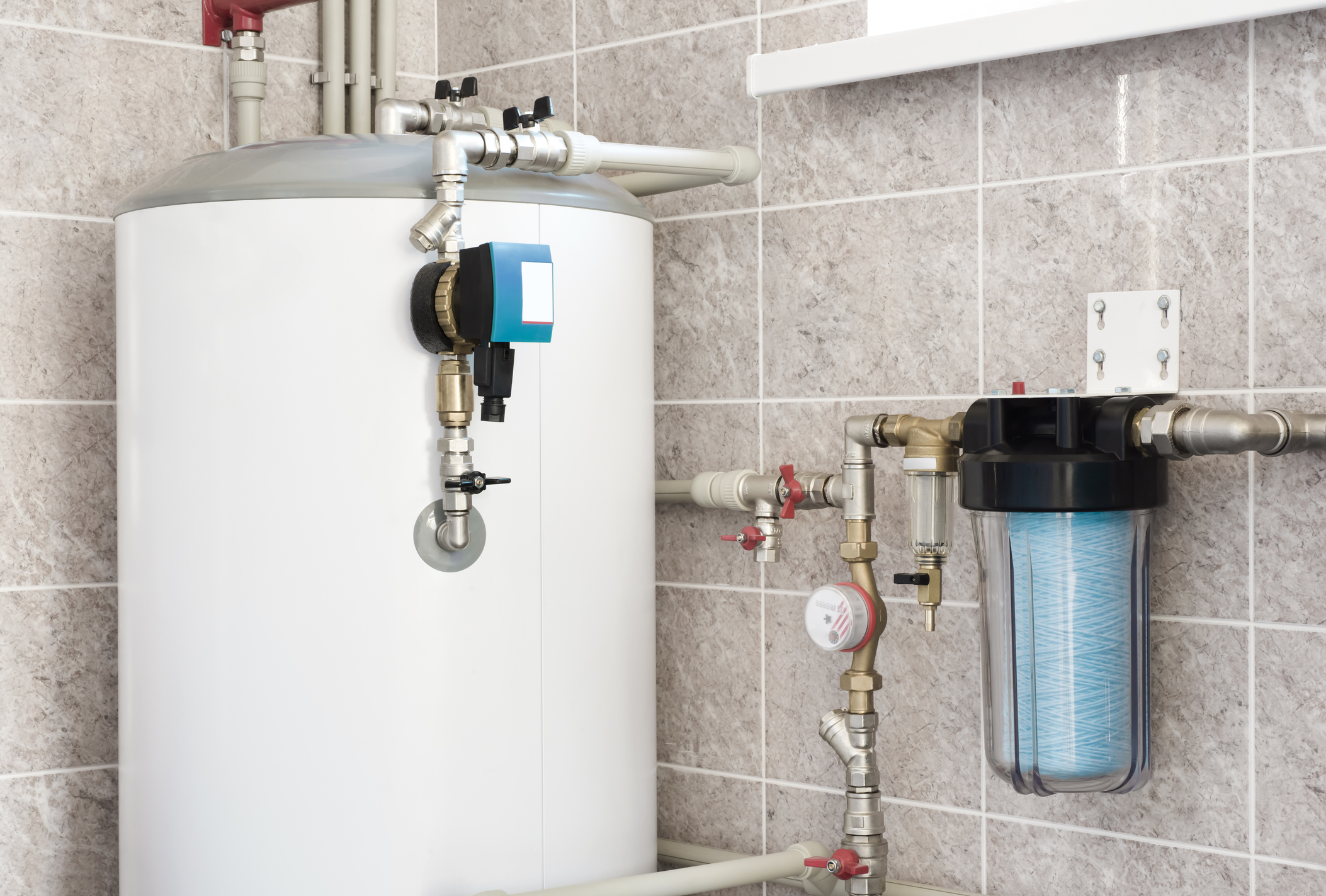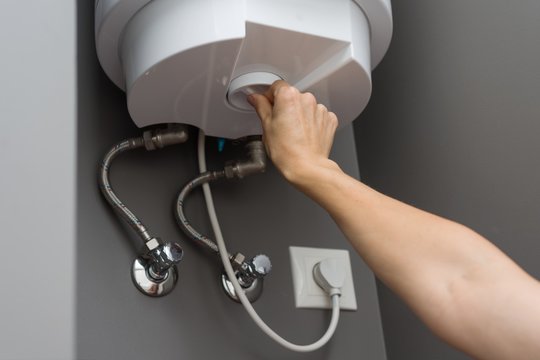This article in the next paragraphs in relation to How to Maintain a Hot Water Heater in a Few Simple Steps is indeed informative. Read it yourself and see what you think about it.

Warm water is crucial for daily convenience, whether it's for a revitalizing shower or washing meals. To guarantee your warm water system runs efficiently and lasts longer, routine upkeep is vital. This write-up provides functional ideas and understandings on how to preserve your home's hot water system to prevent disturbances and costly repairs.
Introduction
Preserving your home's warm water system could appear challenging, however with a couple of basic actions, you can ensure it operates smoothly for many years to find. This overview covers every little thing from recognizing your warm water system to DIY maintenance suggestions and understanding when to employ specialist aid.
Relevance of Maintaining Your Hot Water System
Regular maintenance not only extends the life expectancy of your hot water system however likewise guarantees it runs effectively. Disregarding upkeep can bring about lowered effectiveness, higher energy expenses, and even premature failure of the system.
Indications Your Hot Water System Requirements Maintenance
Understanding when your warm water system requires interest can stop significant problems. Watch out for indications such as inconsistent water temperature, strange noises from the heater, or rusty water.
Recognizing Your Warm Water System
Prior to diving right into upkeep jobs, it's handy to recognize the standard parts of your warm water system. Usually, this includes the water heater itself, pipes, anode poles, and temperature controls.
Monthly Maintenance Tasks
Normal month-to-month checks can assist catch minor issues prior to they intensify.
Flushing the Water Heater
Purging your hot water heater eliminates sediment buildup, boosting performance and extending its life.
Checking and Replacing Anode Rods
Anode poles stop rust inside the tank. Evaluating and changing them when worn is essential.
Inspecting and Readjusting Temperature Settings
Readjusting the temperature level settings ensures optimum performance and safety.
Do It Yourself Tips for Maintenance
You can perform numerous maintenance jobs on your own to keep your warm water system in top condition.
Looking for Leaks
Regularly evaluate pipes and connections for leakages, as these can lead to water damages and higher costs.
Checking Pressure Alleviation Valves
Examining the stress relief valve ensures it works correctly and protects against too much pressure buildup.
Shielding Pipelines
Insulating hot water pipelines minimizes heat loss and can conserve energy.
When to Call a Specialist
While DIY upkeep is advantageous, some concerns need specialist knowledge.
Complicated Concerns Needing Professional Assistance
Instances include significant leaks, electric problems, or if your hot water heater is consistently underperforming.
Routine Specialist Maintenance Advantages
Specialist maintenance can consist of thorough assessments, tune-ups, and ensuring compliance with safety and security standards.
Conclusion
Routine upkeep of your home's hot water system is necessary for effectiveness, long life, and cost savings. By following these ideas and recognizing when to look for professional assistance, you can guarantee a trustworthy supply of hot water without unexpected interruptions.
Water Heater Maintenance: The Basics
Maintaining your water heater will ensure it operates efficiently and has a longer lifespan. Neglecting regular maintenance can lead to costly repairs and an even bigger chunk of your savings if you have to replace it sooner than necessary. But there’s good news: Most water heater maintenance tasks are relatively simple and easy for homeowners with basic DIY skills.
Flush the Water Heater
Over time, sediment and minerals can build up in the tank, reducing its efficiency and potentially causing damage. To flush the tank, turn off the power or gas supply, attach a hose to the drain valve near the bottom and open the valve to drain the water until it runs clear. Ideally, flush the tank annually.
Replace the Anode Rod
The anode rod is a sacrificial metal rod that helps prevent corrosion inside the tank. Inspect and replace it every three to five years or per the manufacturer's recommendation. To replace the anode rod, turn off the power or gas supply, drain a few gallons of water from the tank, unscrew the old rod and replace it with a new one. If the anode rod is significantly corroded or covered in calcium buildup, it's a sign the water heater may need to be replaced soon.
Tune-Up
A yearly tune-up can help identify potential issues and ensure your water heater operates at peak efficiency. This typically involves checking the thermostat, burner assembly (for gas heaters) and any other components specified by the manufacturer. During a tune-up, the technician may also clean the burner and adjust the pilot light (for gas heaters) or examine the heating elements (for electric heaters).
How to Maintain Your Water Heater
Insulate the tank. Insulating the tank can improve energy efficiency and reduce heat loss, saving you money on energy bills. You can purchase precut insulation blankets designed specifically for water heaters or use standard fiberglass insulation wrapped securely around the tank. Check the temperature. The recommended water temperature for most households is around 120 degrees Fahrenheit (49 degrees Celsius). Higher temperatures can increase energy costs and potentially cause scalding. Use a kitchen thermometer to check the temperature at the faucet nearest the water heater. Monitor water pressure. Excessive water pressure can strain the water heater and cause leaks or even tank failure. Install a pressure-reducing valve if necessary. The ideal water pressure range is between 60 and 70 PSI (pounds per square inch). Test the temperature and pressure (T&P) relief valve. The T&P relief valve is a safety feature that releases pressure if the tank gets too hot or the pressure builds up too high. Test it annually by lifting the lever and allowing a small amount of water to release. Replace the valve if it doesn't release water or reseal properly. Check for leaks. Regularly inspect the tank, pipes and fittings for leaks or corrosion. Deal with issues promptly to prevent further damage. Even a small leak can lead to significant water damage over time. Consider a tankless water heater. If your traditional tank-style water heater is nearing the end of its lifespan ( typically 10 years), consider replacing it with a tankless water heater. These units heat water on demand, reducing standby energy losses and potentially saving you money on your energy bills. Schedule professional maintenance. While homeowners can perform many water heater maintenance tasks, it's still a good idea to schedule professional maintenance every few years. A plumber or HVAC technician can thoroughly inspect the unit, identify potential issues and ensure it operates safely and efficiently. https://www.homeserve.com/en-us/blog/home-improvement/hot-water-heater-maintanence/

I was brought to that report about Tips on Maintaining a Water Heater through a friend on our other blog. Appreciated our review? Please share it. Help other people locate it. I love your readership.
Try Here